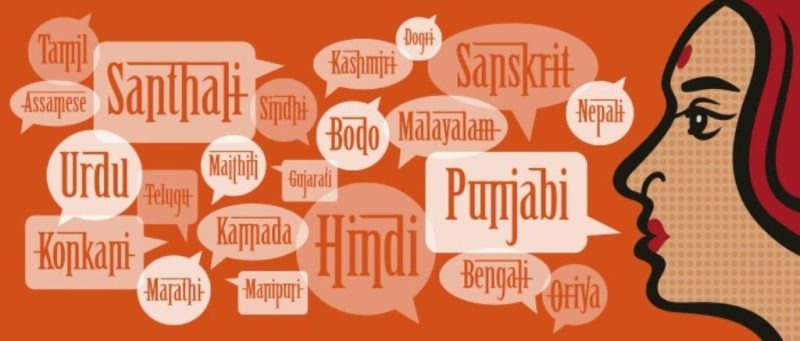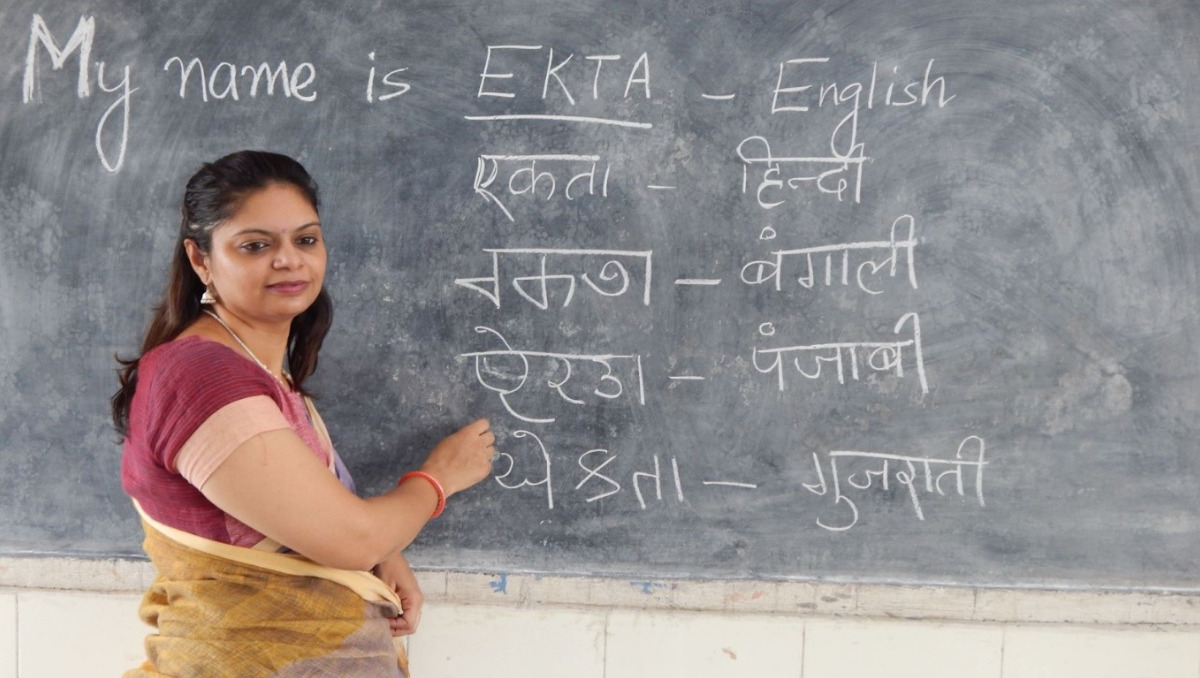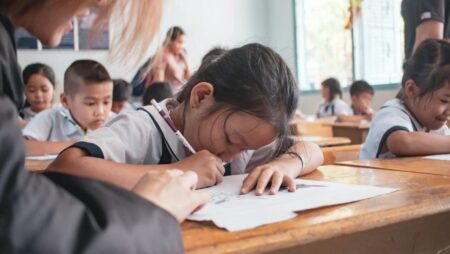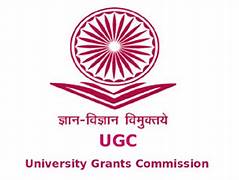CBSE has recently disseminated a circular on its official website, emphasizing multilingual education and the use of the local language as a medium of instruction in the schools affiliated with CBSE.
Written by Dr. Joseph Emmanuel, Director (Academics), CBSE, he asserted that “Multilingual education has been widely recognized as a valuable approach to fostering linguistic diversity, cultural understanding, and academic success among students.”
Referring to the National Education Policy, 2020, in particular to paragraph 4.12, which states the cognitive benefits of multilingualism on young learners, he highlighted the fact that exposure to different languages from the foundational stage, with a specific focus on the mother tongue, has a positive influence on the student’s development. “The policy strongly advocates for utilizing the home language, mother tongue, local language, or regional language as the medium of instruction whenever feasible, at least until Grade 5, but preferably extending till Grade 8 and beyond,” the director stated.
Debris in the path of language
Mr. Emmanuel, however, also recognized the obstacles that this initiative faces in its quest to create an inclusive and equitable environment. “The implementation of multilingual education and the utilization of the mother tongue as a medium of instruction present several challenges, including the availability of skilled teachers capable of teaching in multilingual settings, the creation of high-quality multilingual textbooks, and the limited time available, especially in two-shift government schools, as multilingual education demands additional instructional time allocation, the letter said.”
It’s crucial to understand that implementing the intricacies of multilingualism in schools has a narrow prospect for now. As propounded by Usha Paliath, director of Potter’s Wheel, “Nearly 60–70 percent of schools don’t have trained teachers.” The schools’ dearth of qualified teachers leads to poor pedagogy in classrooms, which is detrimental for students’ growth and learning. To have a multilingual class, teachers with updated skills and a firm grasp on the language are pivotal; only then can they create the necessary space for students to accommodate their ingenuity.
Another issue, accentuated by the director, is the lack of books in the regional language. This is a problem that goes unnoticed by the public but has far-reaching consequences for the perception of students towards their mother tongue. Since textbooks are not translated into their local language, it creates a knowledge gap among students, which creates an unequal standing in comparison with their peers, for whom the textbooks are available in both English and Hindi. The lack of understanding of the mainstream language challenges the analytical and comprehensive skills of students.
There are several schools that operate on the double shift, which is indispensable for many students. In these government schools, bringing in multilingual education becomes more than necessary. However, as claimed above, the requirement of additional hours is unfavorable for the students who are already facing a circumscribed situation in their academic studies. It creates discrepancies in the allocated time and demands extra hours from students to contribute to their academic studies.
The Yellow Brick Road

“In view of the above challenges, the Ministry of Education, Government of India, has taken several measures to actualize education through Indian languages medium on ground. One of the major steps taken now is the direction by the Ministry of Education to NCERT for preparing new textbooks through 22 scheduled Indian languages,” director affirmed.
To find a solution to this complication, one of the steps taken by the Ministry of Education is to publish NCERT books in all 22 scheduled languages. This is a huge step on the part of the ministry, as it not only aids in providing a new learning experience but also creates an accessible outreach for students of heterogeneous backgrounds.
To tackle the issue of a lack of skilled teachers, it can only be cleared up with the joint effort of both CBSE and schools to bridge the gap by initiating a mentorship session or training programme to inculcate the requisite skills in the teachers. In corollary, it will create a better pedagogic system in the classroom.
However, given the talks on transitioning from two-shift to single-shift schools, this seems like a distant possibility for now. So, currently, we can only deal with this by augmenting the number of teachers for a batch and creating activities that can expedite and enhance the assimilating skills of students.
An Aspiration of the Multilingual Generation

The letter also stated that the students can give their exams in their mother tongue, which instills self-confidence amongst the students. Mr. Emmanuel said, “The textbooks in technical education, medical education, vocational education, skill education, law education, etc. are now coming through Indian languages.” Introducing technical and medical books in languages other than dominant English can provide more opportunity for languages to grow and expand.
Union Education Minister Dharmendra Pradhan praised the CBSE by tweeting, “Well-done @cbseindia29. This is a laudatory step towards encouraging education in mother tongue and Indian languages in schools.” This is evidence of the passion of people towards their mother tongue, which should not be diminished or incarcerated in linguistic chauvinism. Instead, there should be a constant effort from the government to envision a multilingual India that accommodates all-embracing principles of Indian culture and tradition.













